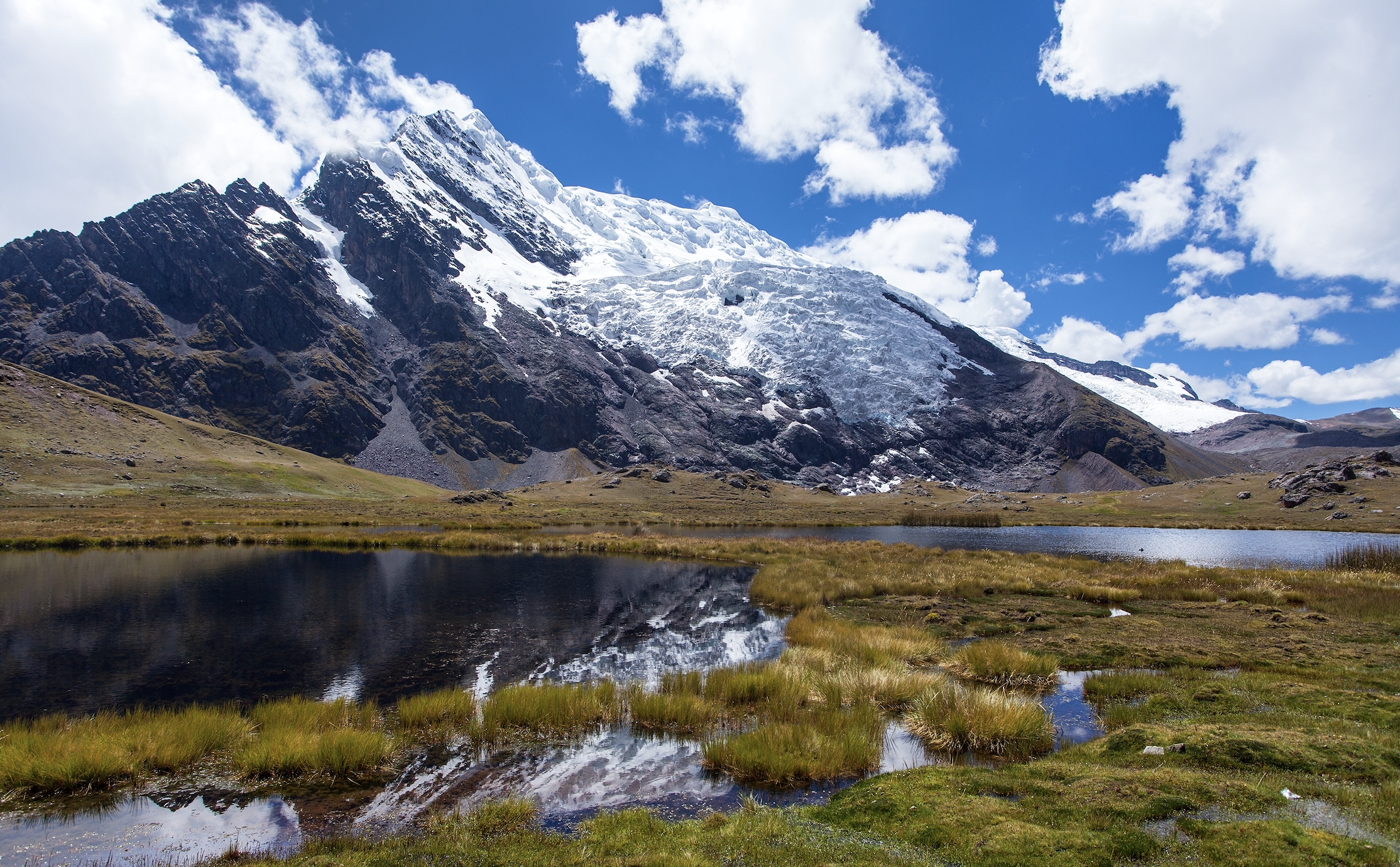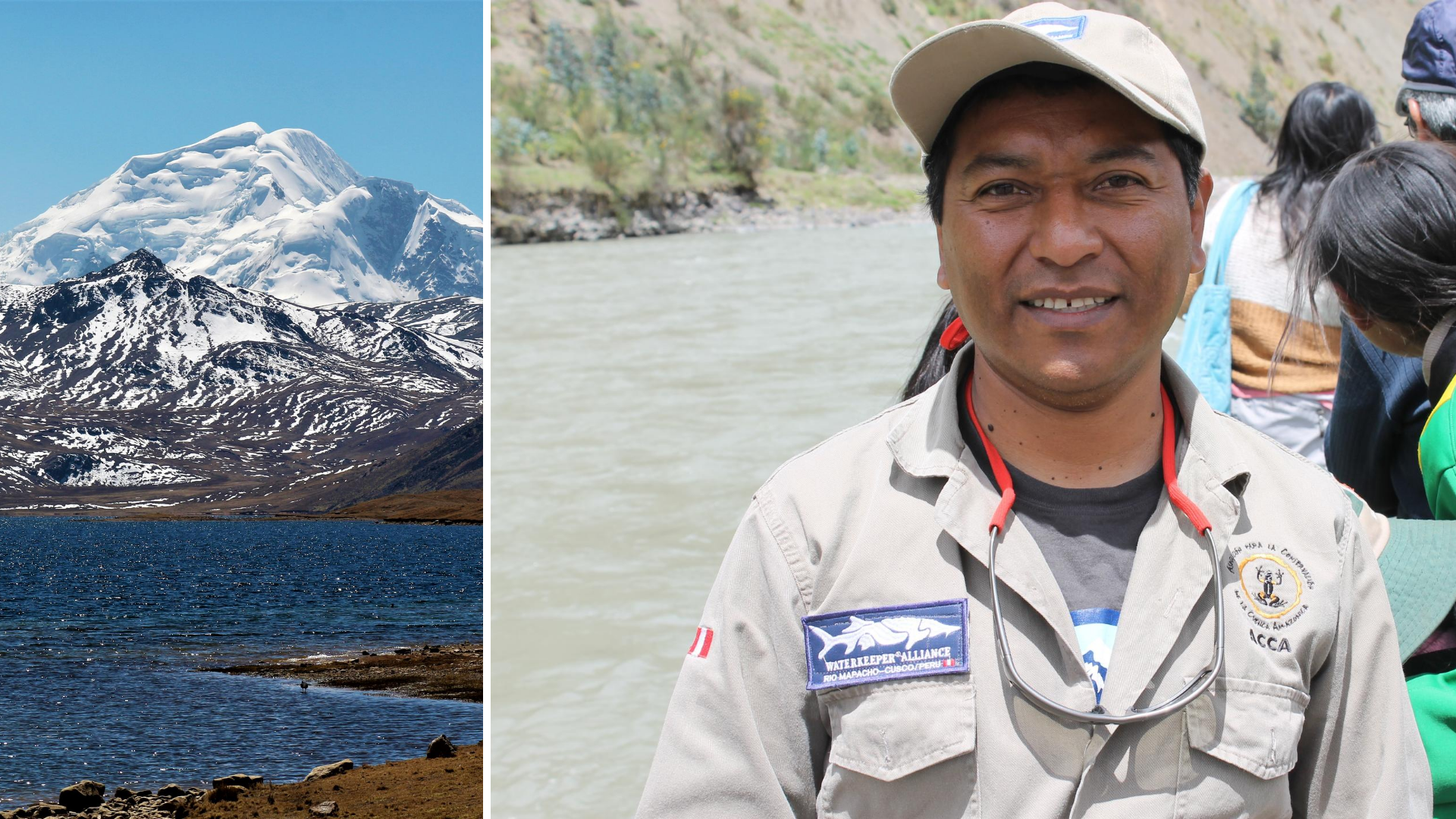A Mountain Saved, A People’s Ways Preserved
By: Río Mapacho Waterkeeper

By Ronald Catpo, Río Mapacho Waterkeeper
In 2008, the regional government of Cusco in Peru declared its intention to protect many of the most valuable ecosystems in the region by designating them Regional Conservation Areas because of their biodiversity, the environmental services they provide, and their spiritual and cultural importance to the Quechua native people. One of them was the chain of snowcapped Andean mountains of Ausangate, an area which includes the world’s largest tropical glacier, Quelccaya. In addition, the waters of the Ausangate mountain range feed important rivers such as the Vilcanota and the Mapacho.
Río Mapacho Waterkeeper has been working on the dream of declaring the Quelccaya glacier and the Ausangate ecosystem a Regional Conservation Area since 2014.

Between 2008 and 2013, there were a series of delays because the proposed conservation area was not a government priority. Changes in the regional government and bureaucratic delays were also factors. By August 2017, there were nine Quechua communities involved in the creation of the Ausangate conservation area.
By law, because of a long history of mistreatment and exploitation of the Quechua people, there had to be an extensive consultative process. This process was a contentious one with some arguing that the creation of the conservation area could have negative effects on their collective rights, such as the right to land, access to natural resources, and the ability to keep their cultural practices, since the regional government of Cusco would manage the protected area.
Río Mapacho Waterkeeper has been working on the dream of declaring the Quelccaya glacier and the Ausangate ecosystem a Regional Conservation Area since 2014.
In addition, there was also the fear among some of the communities that mining concessions would be granted and with them a host of environmental and health problems. Ultimately, of the nine Quechua communities involved, only two were firm in becoming part of the conservation area.
On December 12, 2019, the Ausangate Regional Conservation Area was officially declared with 66,514 hectares, including the Quelccaya Ice Cap; and with it approximately 20 percent of the mountains that give life to the upper basin of the Mapacho River received permanent protection. All in all, it was a great triumph considering the difficulties the process presented, and those of us who championed the initiative are confident that the successful preservation effort and the lessons learned can be put to good use convincing other towns to join in the future.